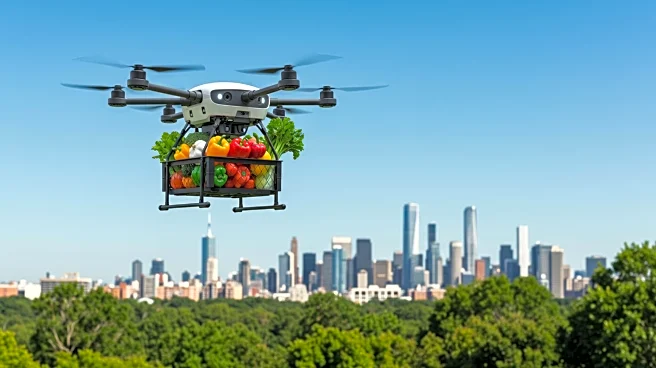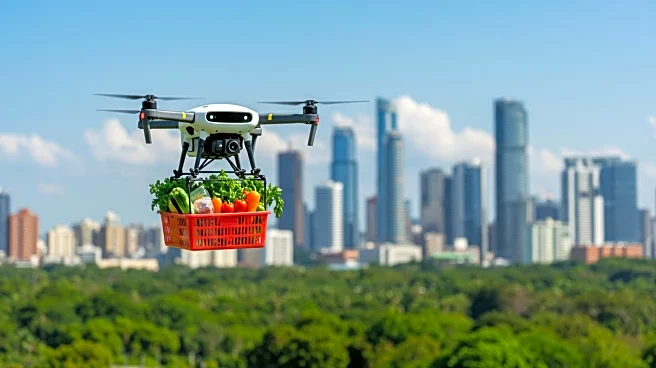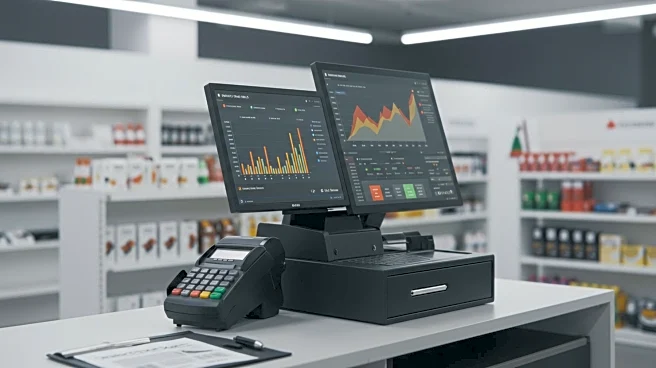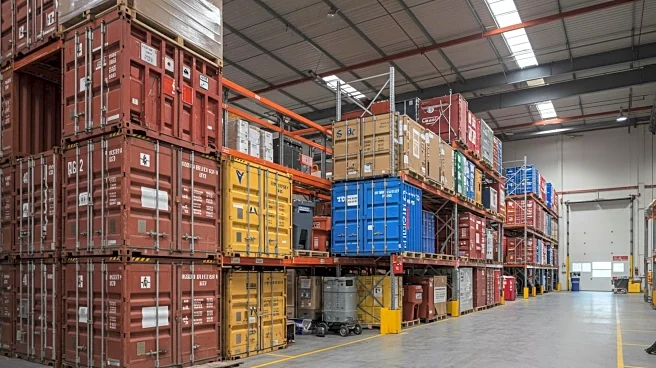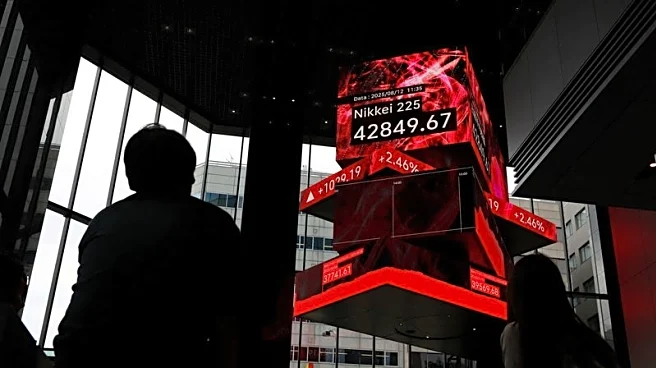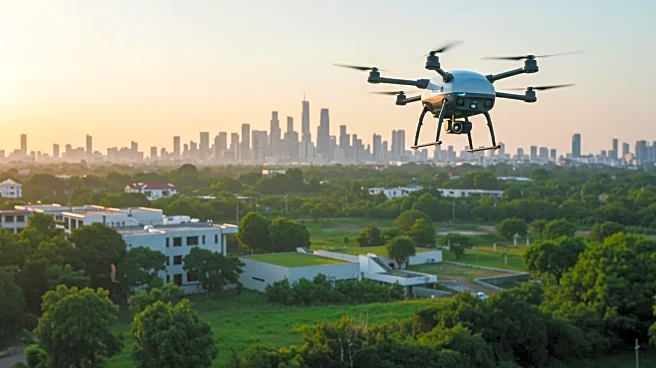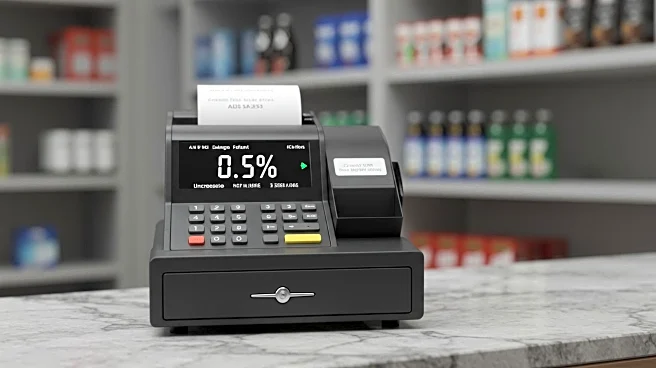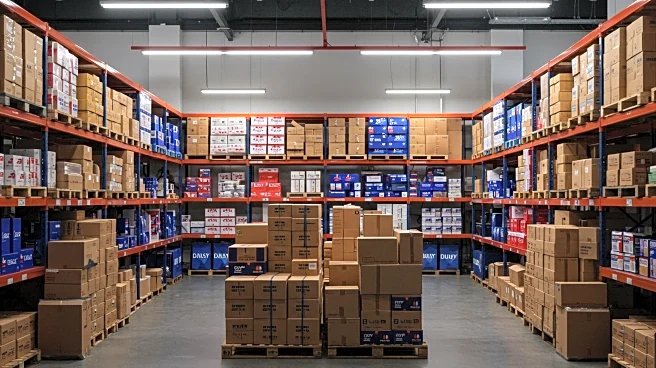What's Happening?
Amazon has announced a significant expansion of its grocery delivery service, now offering same-day delivery of perishable foods in over 1,000 U.S. cities. This initiative allows customers to order fresh produce, dairy, meat, seafood, and baked goods alongside household essentials, electronics, and more, all for same-day delivery. The service is free for Amazon Prime members on orders over $25, while non-Prime members pay $12.99 per delivery. The expansion is set to reach over 2,300 towns and cities by the end of 2025. This move aims to enhance convenience for customers and compete with brick-and-mortar grocery retailers by integrating fresh groceries into Amazon's logistics network.
Why It's Important?
The expansion of Amazon's same-day delivery service for groceries marks a significant shift in the retail landscape, challenging traditional grocery stores like Walmart, Target, and Costco. By offering perishable items for quick delivery, Amazon addresses a key barrier in online grocery shopping—the inability for customers to select fresh produce themselves. This could lead to increased competition and pressure on physical grocery stores to innovate and improve their own delivery services. The convenience offered by Amazon may attract more customers to online grocery shopping, potentially increasing Amazon's market share in the grocery sector.
What's Next?
Amazon plans to continue expanding its same-day delivery service to more U.S. cities and towns through 2026. As the service grows, traditional grocery retailers may need to adapt by enhancing their own delivery options or improving in-store experiences to retain customers. Additionally, Amazon's integration of grocery delivery into its main website and app could lead to further innovations in online shopping, potentially influencing consumer habits and expectations in the grocery industry.
Beyond the Headlines
Amazon's expansion into same-day grocery delivery could have broader implications for the retail industry, including potential shifts in employment patterns as demand for delivery services increases. It may also impact urban planning and infrastructure, as cities adapt to increased delivery traffic. Furthermore, the move raises questions about sustainability and environmental impact, as the logistics of rapid delivery could contribute to increased carbon emissions.
